Monday, October 17, 2005
My Favorite Retro Synth - The ConBrio ADS 200
"THE ADS (Advanced Digital Synthesizer) 100 was a high end (there was no given price when the 100 system was introduced) analogue synthesiser, probably most well known for providing the sound effects for 'Star Trek' TV series. The first model 100 system was a dual manual splittable keyboard (microtonally tuneable) ,a video display for envelopes, 'control cube' disk drive with computer hardware, and a multi-coloured buttoned front panel for 64-oscillator additive synthesis and real-time sequencing."
Title link takes you to more on the ADS 200 on Synthmuseum.com. Both the ADS 100 and ADS 200 were digital. Only two of the ADS 200 were ever made and one sold for $30,000.
Update: I remember hearing how the ConBrio ADS 200 would look home on the original Star Trek series. Well, according to 120 Years, it's bigger predecessor, the 1978 ADS 100 was actually used in Star Trek the TV series.
Update: I should change the tagline of this blog to "The Snopes of the synth world, debunking Urban Synth Legend." See the comments for much more. The ADS 100 was not around when Star Trek the TV series was aired. I'm going to shoot 120 years an email on this to see if they know something we don't. Thanks all.
Update: Looks like Retro Synth found the answer to our little mystery. The ADS 100 was used in Star Trek, The Motion Picture. Now that sounds more familiar to me, but who knows, it's all a blur. Too many synths, too little time... : ) As for my favorite digital synth, why it would also be the Wave... But, it would be the Crimson Wave with matte finish. The ConBrio is my favorite Retro Synth, focus on Retro. I had a TV that looked just like it when I was a kid. Warm memories... : ) image via wikipedia.
The Crimson Waldorf Wave
Update on the original Star Trek via the comments: ""Star Trek burst upon T.V. screens in the summer of 1966. The guiding genius behind this massive effort was Gene Roddenberry. Roddenberry recruited a hand-picked technical crew to create the incredible series which became a legen in its own time. The challenge of finding and creating the multitude of sound effects was of particular interest since no television series of this magnitude had ever been attempted before. Virtually all the sound effects were created exclusively for the television series, i.e.: the pneumatic doors of the Enterprise were actually the sound of an airgun played in reverse. Spock's viewing machine was in reality the thump of a torpedo firing pin played backwards.
The final result is a unique library of brilliantly futuristic sound effects that were created principally by Jack Finlay, Douglas Grindstaff and Joseph Sorokin. Grindstaff is one of Hollywood's finest sound editors and the recipient of many awards and is currently the department head of Lorimar Post-Production. Sorokin also works at Lorimar and is the sound editor of "Knots Landing." Jack is now retired.
Just imagine what they could have created for Star Trek if they had access to today's high-tech electronic equipment!""
PREVIOUS PAGE
NEXT PAGE
HOME
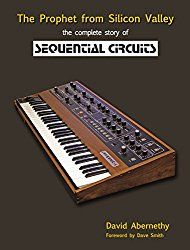



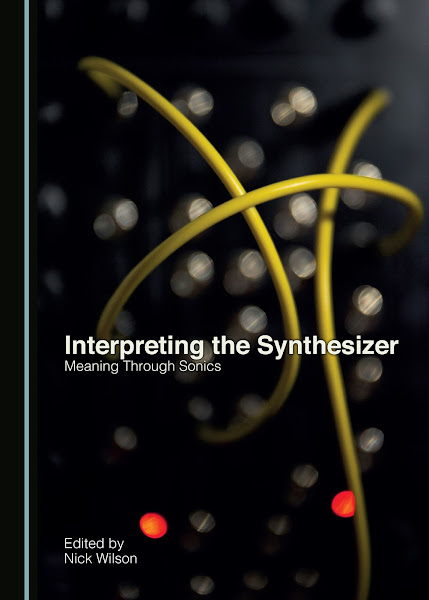
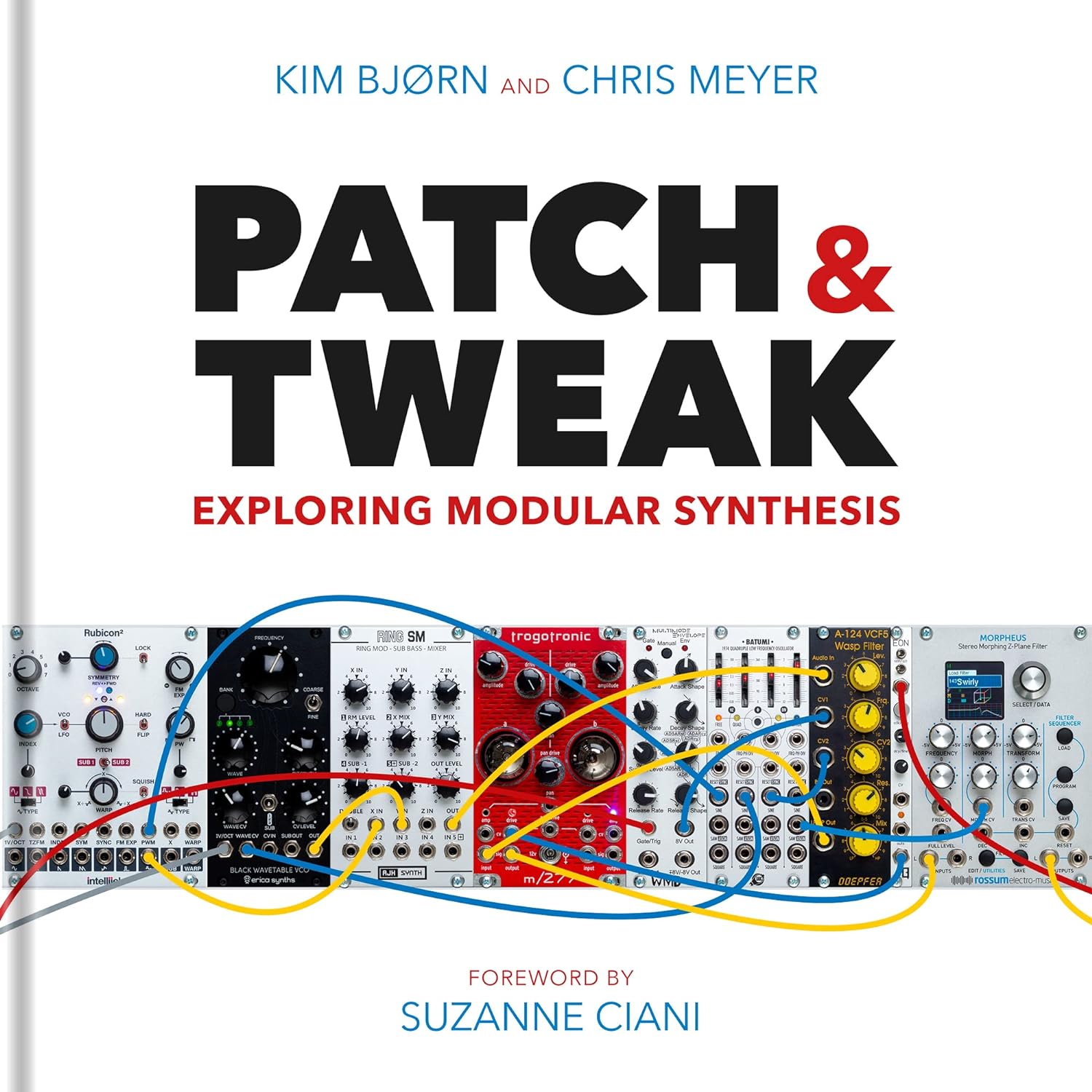

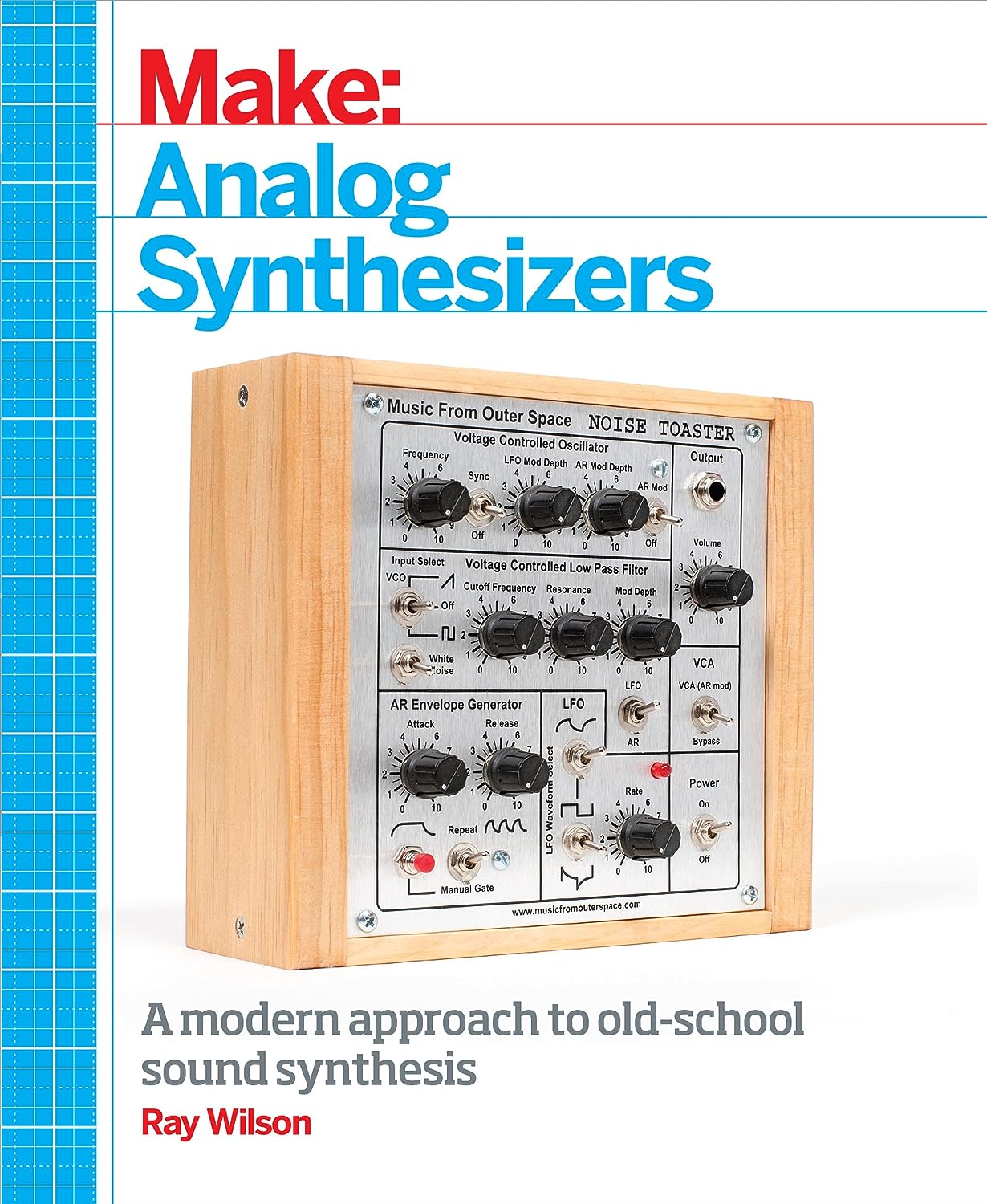

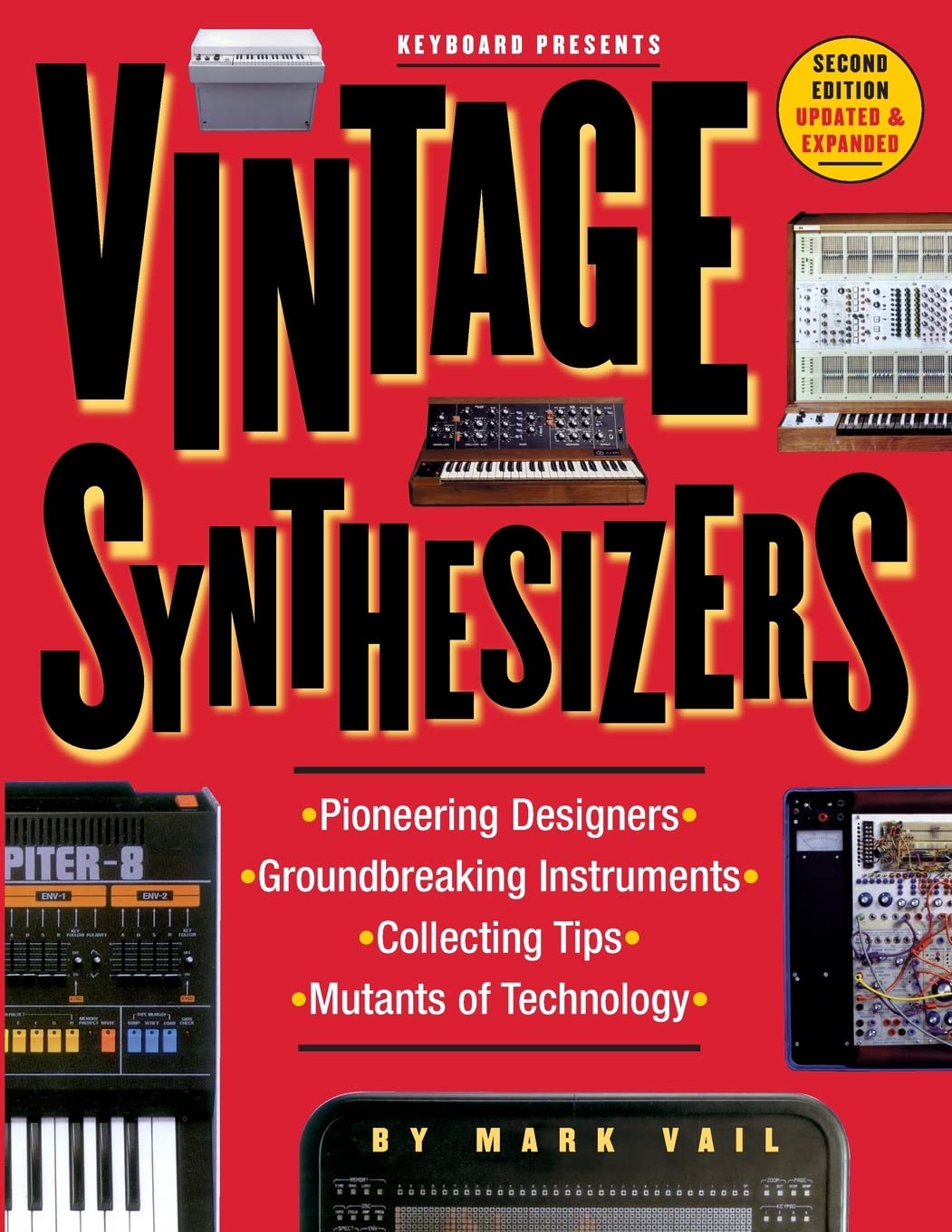
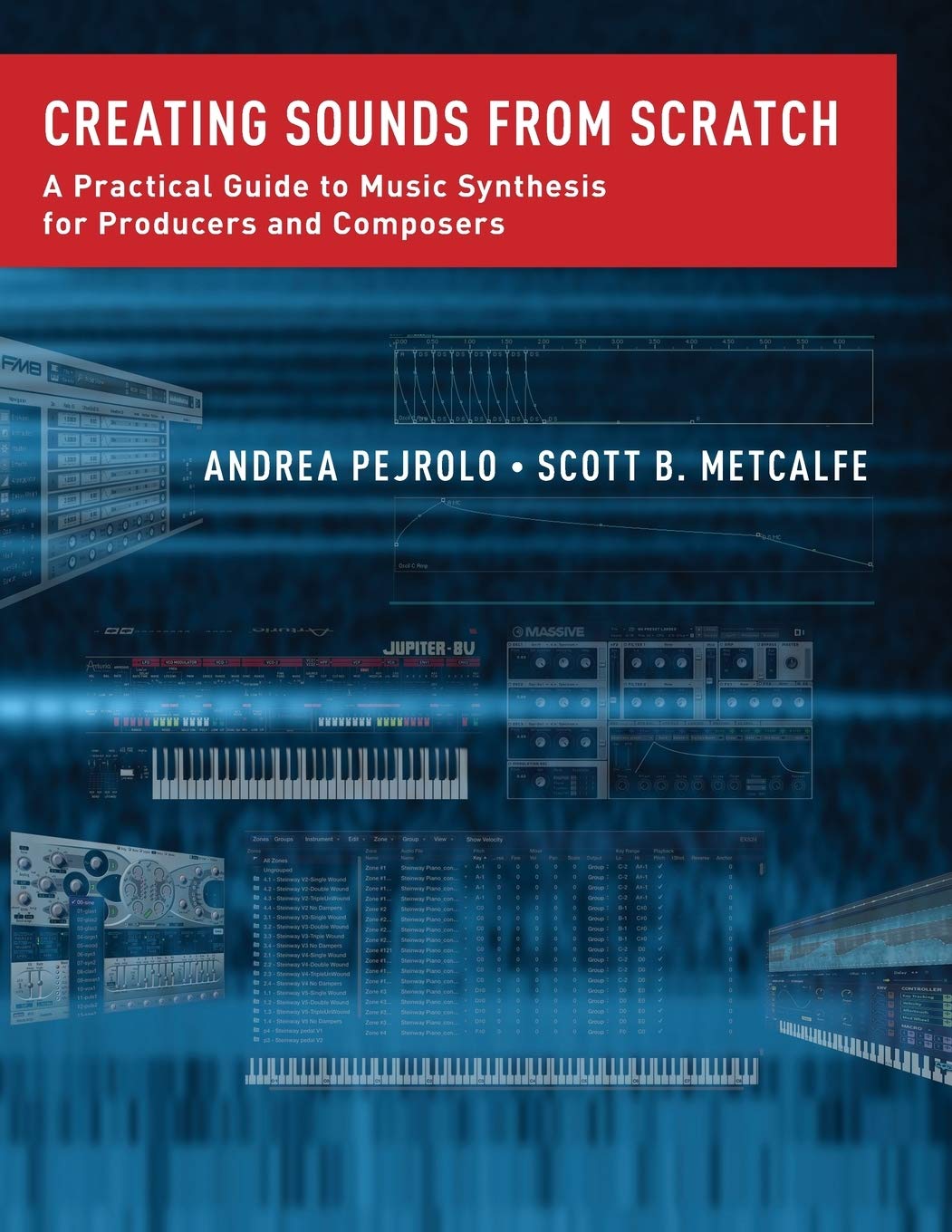
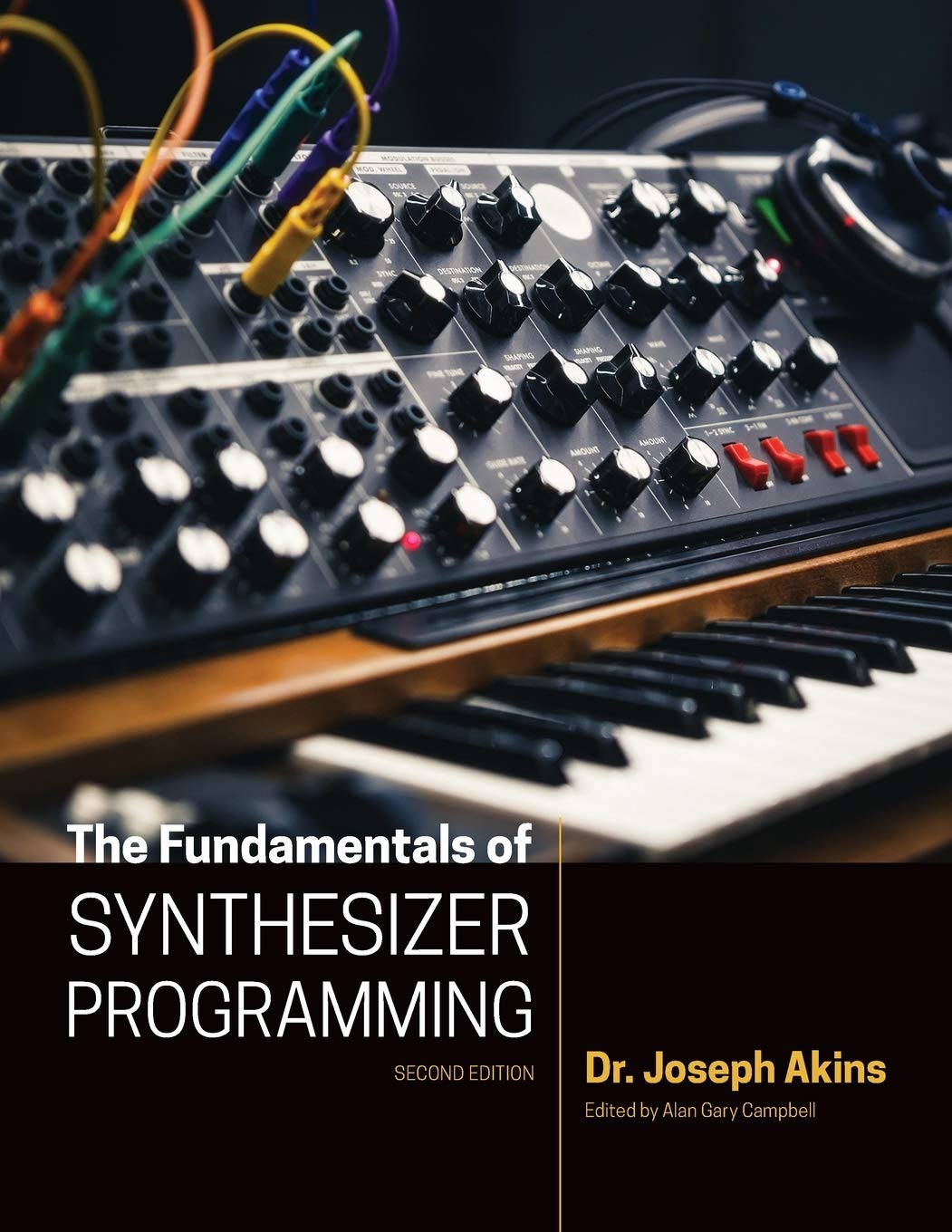

© Matrixsynth - All posts are presented here for informative, historical and educative purposes as applicable within fair use.
MATRIXSYNTH is supported by affiliate links that use cookies to track clickthroughs and sales. See the privacy policy for details.
MATRIXSYNTH - EVERYTHING SYNTH













© Matrixsynth - All posts are presented here for informative, historical and educative purposes as applicable within fair use.
MATRIXSYNTH is supported by affiliate links that use cookies to track clickthroughs and sales. See the privacy policy for details.
MATRIXSYNTH - EVERYTHING SYNTH
Subscribe to:
Post Comments (Atom)

















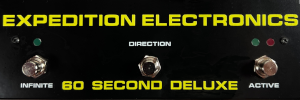
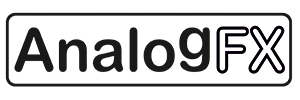










I suggest asking 120 Years what kind of time machine they own. Star Trek ran from 1966-1969 -- a decade before the creation of the ADS 100. ;)
ReplyDelete"Star Trek burst upon T.V. screens in the summer of 1966. The guiding genius behind this massive effort was Gene Roddenberry. Roddenberry recruited a hand-picked technical crew to create the incredible series which became a legen in its own time. The challenge of finding and creating the multitude of sound effects was of particular interest since no television series of this magnitude had ever been attempted before. Virtually all the sound effects were created exclusively for the television series, i.e.: the pneumatic doors of the Enterprise were actually the sound of an airgun played in reverse. Spock's viewing machine was in reality the thump of a torpedo firing pin played backwards.
ReplyDeleteThe final result is a unique library of brilliantly futuristic sound effects that were created principally by Jack Finlay, Douglas Grindstaff and Joseph Sorokin. Grindstaff is one of Hollywood's finest sound editors and the recipient of many awards and is currently the department head of Lorimar Post-Production. Sorokin also works at Lorimar and is the sound editor of "Knots Landing." Jack is now retired.
Just imagine what they could have created for Star Trek if they had access to today's high-tech electronic equipment!"
I think they're talking about Star Trek: The Motion Picture, which was released in 1979.
ReplyDeleteYeah, 120 years still has Star Trek the TV Series up though. I need to shoot them an email.
ReplyDeleteI remember when Eat Static went to visit 'some guy who was making a synth' , they came back with the prototype Waldorf Wave to take on tour with them! The thing was totally unstable and would crash after 5 minutes into the set and make weird mutating noises, if they were good noises they would leave it running, if not - it got muted.
ReplyDeleteI don't think either of them knew how to program it. It sat like the king in the middle of the stage!
Please try and credit the correct sites who originally provided these photos.
ReplyDeleteIf you know the original site, please feel free the share. Sometimes it's easier said than done as I either credit shots from where I find them or they are pulled from the *bay, etc... Any help I can get would be appreciated. The best thing about a site like this is that it does not have to be static. People can send me updates or corrections and I can update the site.
ReplyDeleteStill here, eh?
ReplyDelete>>They originally came from brochures Brian Kehew loaned me.<<
ReplyDeleteThe word "loan" is a noun. It should be "lent me", a verb.
I used to buy all the manuals to those large digital synths and had the Synclavier, Fairlight, Prism, and Synthia manuals. When I tried to buy one from Con Brio, they acted very suspicious and couldn't understand why I wanted one, then told me they don't sell their synths, only rent them out, and therefore I couldn't buy a manual. I still feel empty to this day.
Tomita listed on one of his albums that the Con Brio would join him in the future, but that never happened. I've never heard a single note from one as far as I know.
BIG news on the Con Brio front COMING SOON(it's been a little quiet for about 10 years!)... I have been working on getting the 200 back into shape; we may have ti running soon and on display at a special show in November! Plus MORE surprises...
ReplyDeleteAwesome Brian. I can't wait to see and hear it. BTW, do you have any images of the synth? They are pretty limited out there. Please feel free to contact me. You can find my contact info at the very bottom right of the site.
ReplyDeleteI would love to see some new photos
ReplyDeleteof the ads 200. some internal shots would be sweet...
;)
I can't wait to see and hear it too !!!